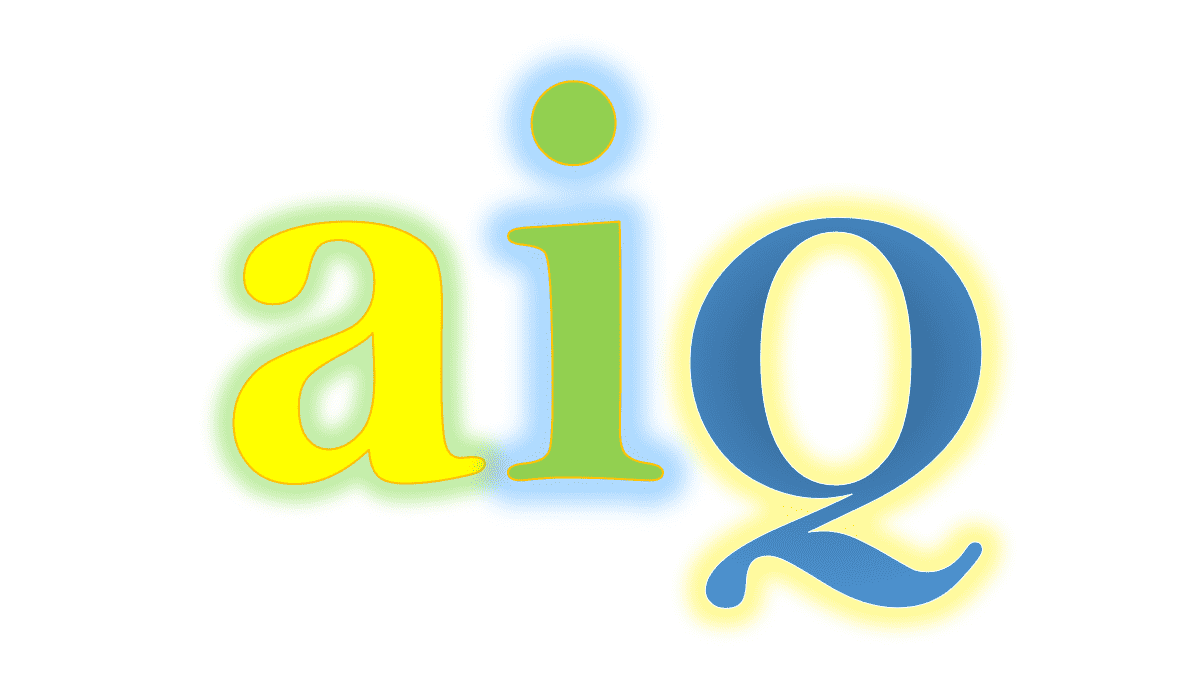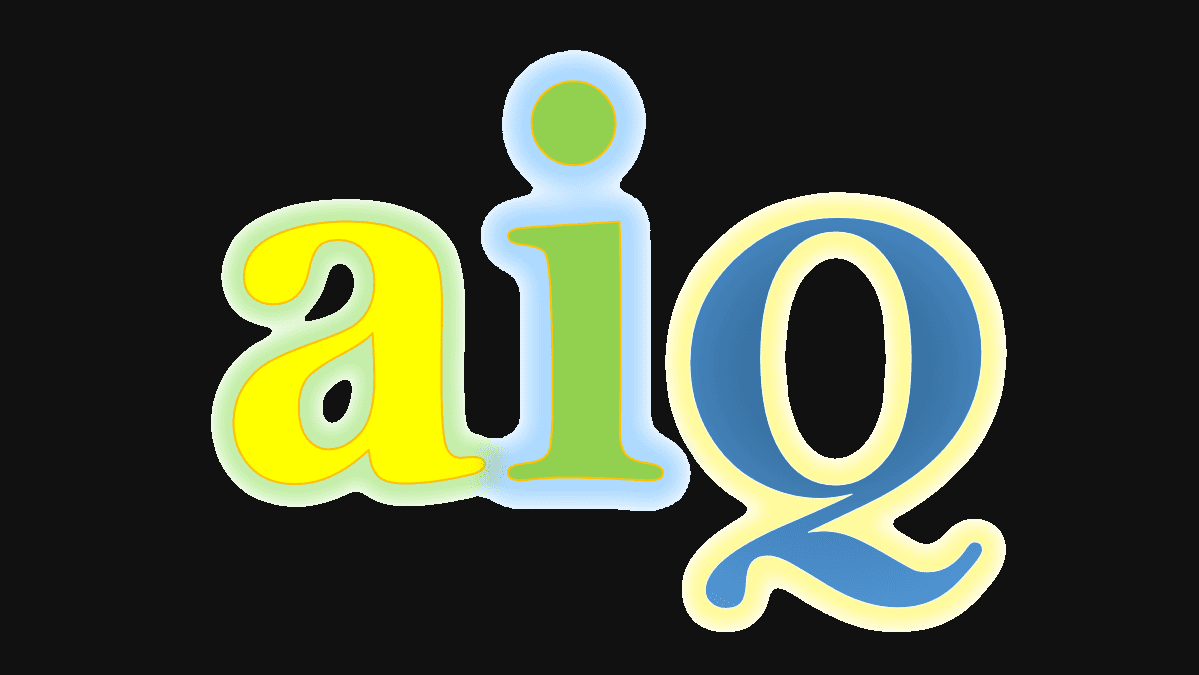Are you using ChatGPT and worrying if the content generated might be plagiarized? We share your concerns too, especially knowing the severe consequences plagiarism can entail. Having delved into this matter thoroughly, we’ve unearthed some insightful facts about ChatGPT and its correlation with plagiarism.
Let’s dive in to discover whether or not you need to worry about copyright infringement while using this innovative AI tool.
Key Takeaways
- ChatGPT is a language model designed by OpenAI that generates unique responses based on user inputs, making it different from traditional acts of plagiarism.
- While the generated content from ChatGPT may closely resemble existing texts due to its training data, any similarities are a result of its method of replicating human conversation patterns, not intentional copying.
- Users have the responsibility to ensure their input into ChatGPT is original and properly attributed to avoid potential instances of plagiarism. Plagiarism checkers like Turnitin can be helpful tools in verifying the originality of content generated by ChatGPT.
Understanding ChatGPT and Plagiarism
 ChatGPT functions as a language model, generating text based on its training data, but it is important to differentiate between plagiarism and the generated content.
ChatGPT functions as a language model, generating text based on its training data, but it is important to differentiate between plagiarism and the generated content.
Explaining ChatGPT’s function as a language model
ChatGPT is a remarkable AI chatbot, designed by OpenAI. It harnesses the power of natural language processing to mimic human-like dialogues and responses. The bot generates unique responses based on input data it receives from users.
Unlike a person who might copy and paste information verbatim, ChatGPT doesn’t directly lift sentences or phrases from other sources. Instead, it interprets user inputs and responds in kind, providing tailor-made conversations that fit the context at hand.
Therefore, its functionality extends beyond simply replicating text — it learns from the information provided to create engaging interactions with its users.
Differentiating between plagiarism and generated content
Understanding the difference between plagiarism and generated content is crucial in a world where AI tools like ChatGPT are frequently used. Plagiarism is the act of presenting someone else’s work or ideas as your own without proper attribution—a transgression taken seriously especially in academia.
It often involves direct copying of text and ideas without permission or giving credit to the original source. Generated content, on the other hand, refers to output created by AI systems such as chatbots based on user’s preferences and demands.
It’s important to note that while ChatGPT uses text from various sources for generating replies, it does not provide existing information verbatim which differentiates it from traditional acts of plagiarism.
However, this doesn’t guarantee inherent originality or grant immunity from accusations of copied work. This calls for thoughtful use of us with this powerful language model – always ensuring respect for intellectual property rights even as we leverage its capability to produce unique text streams.
Is ChatGPT Plagiarism-Free?
ChatGPT’s originality and its function as a language model raise questions about plagiarism.
Exploring the originality of generated text
In the realm of AI, originality can be a complex subject. ChatGPT, for instance, is an impressive piece of technology that generates unique and humanlike responses based on provided prompts.
It achieves this by leveraging a vast database of existing texts as training data – it doesn’t copy them verbatim but uses them to understand context and generate response.
Now, while the text generated from ChatGPT may seem original in most cases because it’s not directly lifted or copied, there can sometimes be reused phrases or content that closely resembles the input data.
This raises concerns about plagiarism among end users who are focused on copyright matters. We need to remember here though: any resemblance with existing content isn’t due to ChatGPT intentionally copying but rather its method of replicating human-like conversation patterns using probabilistic methods dictated by its training.
That said, ensuring 100% originality in AI-generated content remains a significant challenge when using tools like ChatGPT.
Highlighting the use of paraphrasing techniques
Paraphrasing is a common technique used in writing to restate someone else’s ideas in your own words. When it comes to ChatGPT, the AI language model developed by OpenAI, paraphrasing plays a significant role in generating content.
While ChatGPT aims to avoid plagiarism, it may draw from existing texts and writers’ work through paraphrasing techniques. These techniques involve replacing certain phrases or words while maintaining the overall meaning of the text.
However, this raises concerns about the originality of the generated content and whether it can be considered plagiarism. This is an important aspect to consider, especially for end users concerned with copyright issues and academic authenticity.
Addressing Concerns and Limitations
 Addressing concerns and limitations surrounding ChatGPT, it is important to discuss the potential presence of reused phrases and emphasize the importance of user responsibility in avoiding plagiarism.
Addressing concerns and limitations surrounding ChatGPT, it is important to discuss the potential presence of reused phrases and emphasize the importance of user responsibility in avoiding plagiarism.
Discussing the potential presence of reused phrases
As end users concerned with copyright, it is important to address the potential presence of reused phrases when using ChatGPT. While ChatGPT does not intentionally copy content, there have been instances where the generated text includes phrases that have been used before.
This raises questions about the authenticity and originality of the text produced by the AI tool. It’s crucial for users to be aware of this possibility and take responsibility in ensuring that any content generated with ChatGPT is free from plagiarism.
By utilizing plagiarism detection tools like Turnitin, individuals can verify the uniqueness of their work and ensure they are not inadvertently plagiarizing someone else’s work without proper attribution or permission.
Emphasizing the importance of user responsibility
As users of ChatGPT, it’s important for us to understand and take responsibility for how we utilize this powerful tool. While ChatGPT itself is considered plagiarism-free as it does not directly copy text from other sources, it relies on the input provided to generate responses.
This means that if we provide plagiarized or copyrighted content as input, the generated responses may also contain elements of plagiarism. Therefore, it’s crucial for us to use ChatGPT ethically and responsibly by ensuring that we only feed it with original and properly attributed information.
By doing so, we can help maintain academic integrity, respect copyright laws, and avoid potential consequences associated with plagiarism. Let’s be responsible users of AI tools like ChatGPT and promote a culture of authenticity and ethical practices in our interactions with technology.
Using Plagiarism Checkers with ChatGPT
Plagiarism checkers can be helpful tools in ensuring the originality of content generated by ChatGPT.
Exploring the role of plagiarism checkers
Plagiarism checkers play a crucial role in ensuring the originality and integrity of content generated by ChatGPT. These tools are designed to detect any similarities between the output from ChatGPT and existing sources, helping users identify potential instances of plagiarism.
Popular plagiarism detection tools like Turnitin can be utilized to compare the generated text with a vast database of published works, highlighting any matches or resemblances. Given the concerns surrounding plagiarism and AI-generated content, using plagiarism checkers can provide users with an added layer of assurance when it comes to avoiding copyright infringement.
Considering the use of Turnitin and other tools
When evaluating the plagiarism-free nature of ChatGPT, it is important to consider the use of Turnitin and other tools. These tools play a significant role in detecting plagiarism in conventional texts, including those generated by AI language models like ChatGPT. Here are some key points to consider:
- Turnitin’s advanced plagiarism detection technology: Turnitin is a well-known plagiarism detection tool that has invested in an AI-focused team to detect all types of plagiarism, including AI-assisted writing. They have developed software specifically designed to identify if a student has used an AI chatbot like ChatGPT in their essay.
- Detection of AI-generated content: Turnitin’s technology can identify AI writing generated by tools such as ChatGPT, indicating that it is possible to detect plagiarism in content produced by ChatGPT.
- Availability of detection tools: Aside from Turnitin, there are other plagiarism checkers like Grammarly that can also detect and highlight any instances of potential plagiarism in texts generated by ChatGPT or similar AI tools.
- Acknowledgment from ChatGPT: OpenAI acknowledges that plagiarism detection tools like Turnitin could potentially identify an essay written using AI technology like ChatGPT. This acknowledgment further reinforces the possibility of detecting plagiarized content generated by ChatGPT.
Conclusion
In conclusion, ChatGPT is designed to be plagiarism-free and does not directly copy content from other sources. It uses advanced AI technology to generate original responses based on its trained data.
However, while ChatGPT aims for originality, it’s still important for users to verify the generated content with plagiarism checkers and ensure that they are not using someone else’s work without permission.
By using ChatGPT responsibly, users can harness its power for creative and authentic communication without the risk of plagiarism.
FAQs
1. Is ChatGPT considered plagiarism-free?
ChatGPT is a language model developed by OpenAI that generates text based on input prompts it receives. While ChatGPT itself does not produce original content, its responses are generated based on patterns and information it has been trained on. Therefore, the responsibility for ensuring the originality of the content lies with the user rather than ChatGPT itself.
2. Can I use ChatGPT to create original written work without plagiarizing?
While ChatGPT can assist in generating ideas and providing information, it is important to remember that any content produced using ChatGPT should be carefully reviewed and checked for plagiarism before being submitted or published. It is recommended to properly cite and attribute any sources used while creating written work with the help of ChatGPT .
3. Does using ChatGPT guarantee that my writing will be plagiarism-free?
No, using Chatgpt does not guarantee that your writing will be free from plagiarism. It is essential to conduct thorough checks using reliable plagiarism detection tools or manually review your work to ensure its originality and proper attribution of sources.
4. Are there any precautions I should take when using Chatgpt to avoid unintentional plagiarism?
To avoid unintentional plagiarism when using ChatGPT or similar language models, it is advisable to include proper citations and references for any external sources utilized during the writing process. Additionally, double-checking your work with trustworthy plagiarism detection tools can help identify any potential issues before submitting or publishing your content.
5. Can Chat GPT be used as a plagiarism checker?
No, Chat GPT is not intended to be used as a plagiarism checker. Its primary function is to generate text-based responses based on the input it receives. If you need to check for plagiarism, it is recommended to use dedicated plagiarism detection tools or services.
6. How does Chat GPT identify the originality of the content?
Chat GPT does not have an inherent capability to identify plagiarism. It generates text based on the patterns it learned from its training data. It is the responsibility of the user to verify the originality of the content produced by Chat GPT using appropriate plagiarism detection tools and techniques.
7. Does Chat GPT provide a plagiarism score?
No, Chat GPT does not provide a plagiarism score. Its purpose is to generate text responses and not specifically to analyze or evaluate the originality of the content. Plagiarism detection and scoring should be performed using dedicated plagiarism checking tools.
8. What is the concept of plagiarism?
Plagiarism refers to the act of using someone else’s work, ideas, or words without giving them proper credit or acknowledgement. It is essentially stealing someone else’s intellectual property and presenting it as one’s own.








